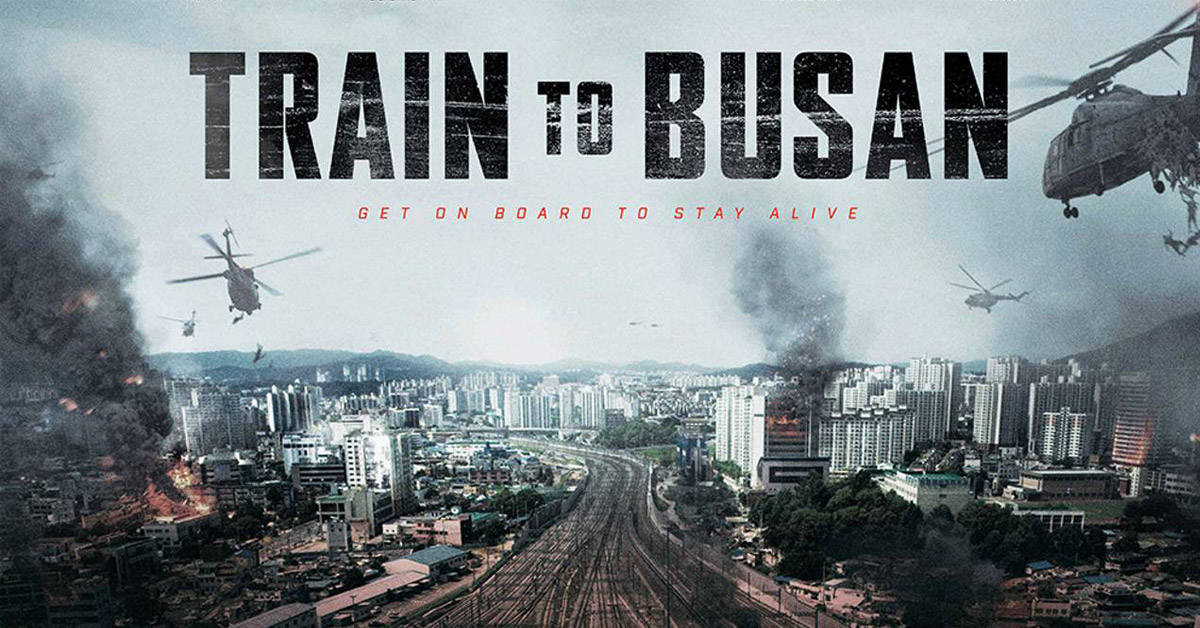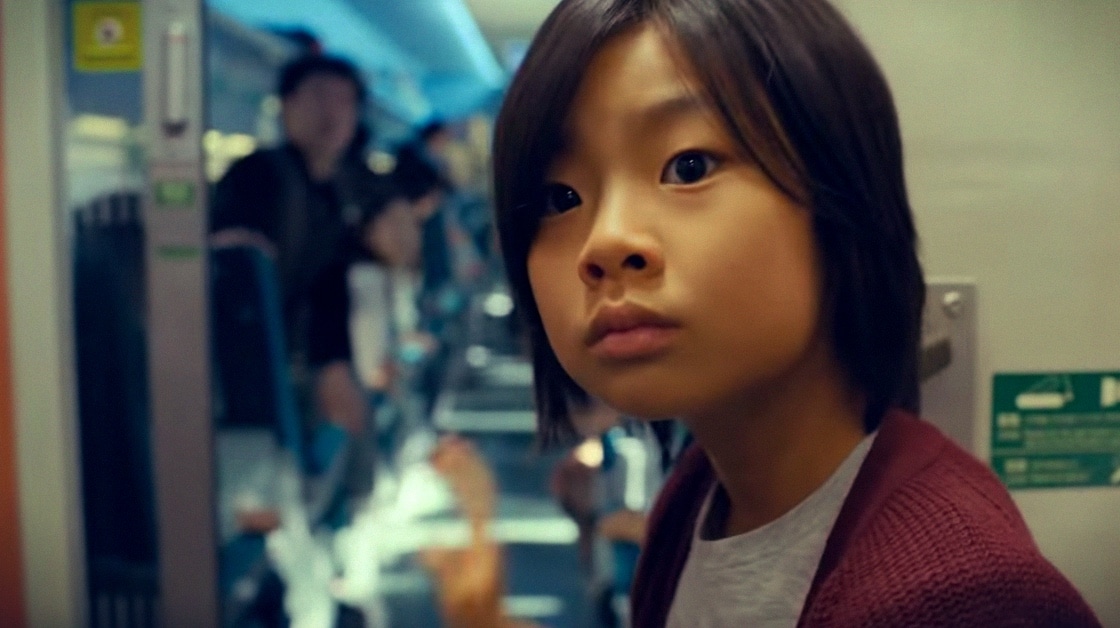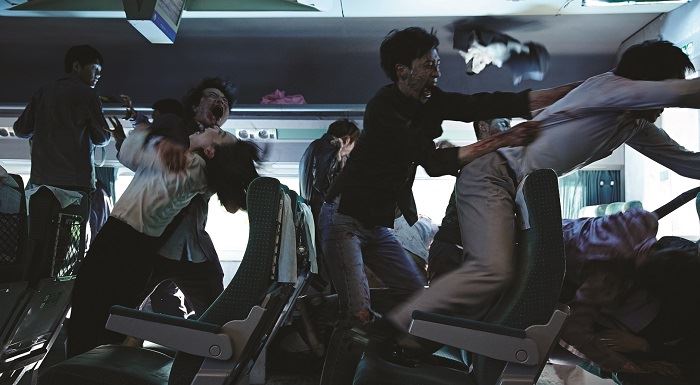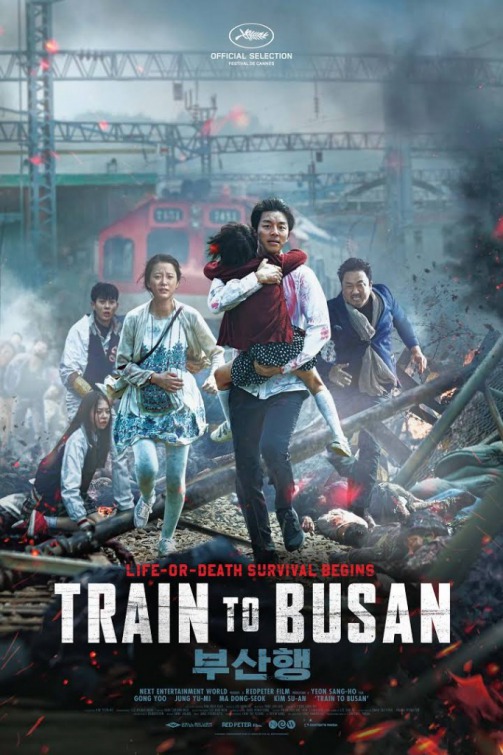 Zombies in cinema have gone from being one of my go-to good fun film monsters to something approaching a personal phobia. For that, I blame years of reviewing low-budget horror films. I mean, I know the earliest zombie films were low budget too, but they made the mistake of being modestly successful; this success has thereafter announced to every dick and his dog that they, too, could make a few quid off of unfussy horror fans who will be genuinely entertained every time they see a horde of bozos in bloodstained shirts shuffling around, groaning. Better still, if you’re a director, you can get your mates to pretend to be zombies, which saves even more hassle – like writing a decent script, or bothering to watch all the other films which have had the exact same idea as you, in order to avoid making the same damn film they did.
Zombies in cinema have gone from being one of my go-to good fun film monsters to something approaching a personal phobia. For that, I blame years of reviewing low-budget horror films. I mean, I know the earliest zombie films were low budget too, but they made the mistake of being modestly successful; this success has thereafter announced to every dick and his dog that they, too, could make a few quid off of unfussy horror fans who will be genuinely entertained every time they see a horde of bozos in bloodstained shirts shuffling around, groaning. Better still, if you’re a director, you can get your mates to pretend to be zombies, which saves even more hassle – like writing a decent script, or bothering to watch all the other films which have had the exact same idea as you, in order to avoid making the same damn film they did.
Sometimes, however, a decent film still gets through. Evidently there are directors and teams out there who lack my cynicism for the whole thing, or else they simply lack the basic laziness exhibited by many of their peers, but for whatever reason – on occasion I’ll happily admit that a zombie film has got under the radar, and it was a decent watch. It doesn’t happen as often as I’d like, but it happens. And last year’s South Korean movie, Train to Busan, is one of those rare good ones, one of those films which makes me remember why I fell in love with the zombie flick in the first place. Now, there are many who would say that it isn’t really a zombie film, because (not-quite spoiler alert) these buggers in Train to Busan move a bit quick; well, Romero-era shufflers they ain’t, but this is the modern world; our mindless bloodthirsty masses have to move faster that Tweets these days, and it seems to be broadly the case that the decent budget films go for sprinters now, whilst the money-is-tight crew go for the slowpokes (and yes, I’m aware that there are gross exceptions to that rule.) So, Train to Busan breaks the old adage that zombies don’t run, but if you can forgive it that, then there’s plenty left to love. But why does it work? I am going to endeavour to explain.
 See, whether you want to ‘people’ your horror film with spectres, or vampires, body-snatchers or werewolves, covert Satanists or omnipotent/present axe-murderers, or indeed any combo of those, then you must understand that the audience will simply not care what happens if you don’t set up plausible protagonists. Sure, there may be some entertainment to be had from gore FX alone, which may not be so dependent on ‘who’ as opposed to ‘how’, but Train to Busan realises that you need to establish characters, dealing with this early on in the film. This actually only takes the film a minuscule amount of time, too; one phonecall to an ex-partner establishes Seok-woo as a single father, with difficult relationships in his life and issues juggling his other responsibilities with his salaried work. It riffs on the issues of needing to ‘follow orders’ in work – perhaps a particularly difficult call in the cutthroat modern Korean economy – but it also shows Seok-woo as a flawed character, rather than a de facto hero. In many ways, he’s a negligent dad. He loves his daughter, but without necessarily knowing her very well. And here’s another thing which gives credit to director Sang-ho Heon; choosing a child who isn’t vile. Many filmmakers make the mistake of chucking in a petulant little arse who thinks the world revolves around them, maybe because real-life petulant arses are so visible, so front and centre in so many situations, but of course, #NotAllKids are like that. The little girl here, Soo-an, is plausible and well-mannered, at times seeming like the more mature adult of the two.
See, whether you want to ‘people’ your horror film with spectres, or vampires, body-snatchers or werewolves, covert Satanists or omnipotent/present axe-murderers, or indeed any combo of those, then you must understand that the audience will simply not care what happens if you don’t set up plausible protagonists. Sure, there may be some entertainment to be had from gore FX alone, which may not be so dependent on ‘who’ as opposed to ‘how’, but Train to Busan realises that you need to establish characters, dealing with this early on in the film. This actually only takes the film a minuscule amount of time, too; one phonecall to an ex-partner establishes Seok-woo as a single father, with difficult relationships in his life and issues juggling his other responsibilities with his salaried work. It riffs on the issues of needing to ‘follow orders’ in work – perhaps a particularly difficult call in the cutthroat modern Korean economy – but it also shows Seok-woo as a flawed character, rather than a de facto hero. In many ways, he’s a negligent dad. He loves his daughter, but without necessarily knowing her very well. And here’s another thing which gives credit to director Sang-ho Heon; choosing a child who isn’t vile. Many filmmakers make the mistake of chucking in a petulant little arse who thinks the world revolves around them, maybe because real-life petulant arses are so visible, so front and centre in so many situations, but of course, #NotAllKids are like that. The little girl here, Soo-an, is plausible and well-mannered, at times seeming like the more mature adult of the two.
Particularly interesting in a Korean setting is seeing how chaos unfolds in a highly polite and formalised society; things go to the wall a lot quicker in Western horror films, and the reason British people laugh so hard at Shaun of the Dead is that Shaun’s complete obliviousness for so long that his zombies are anything other than rude, drunk or belligerent is absolutely bang on. To go back to the ‘stumbling around, covered in blood’ trope I mentioned earlier – who would notice anything out of the ordinary on a Saturday night in Cardiff? Not quite so in a film set in a culture of deference and propriety, and it is interesting to see minor characters in Train to Busan struggling to remain polite and dignified in the face of something terrifying and dangerous. When this can no longer be maintained, of course, people behave like people always do, and some of the most interesting interplay between the characters stems from that old battle between selfishness and selflessness. This is one of the ways in which horror holds up a magnifying glass to how humans behave under pressure; I think it makes us ask how we would behave, albeit by spinning a fantasy yarn, one where we can live vicariously but safely for ninety minutes. Train to Busan has some spectacular displays of altruism, and also despicable self-interestedness. There are some real ‘shout at the screen’ moments, and both comeuppances and tragedies. All of this brews in the particular claustrophobic environment where most of the film’s action unfolds.
 This is the other of the film’s key strengths. It makes superb use of confined spaces. The environment is set up as a threat just seconds before the train even leaves the station; the timing here is immaculate, and it makes considered use of the old double-bluff as well. The location used is believably busy, but as packed as you might expect, and a clean, modern and airy space is soon rendered constrictive and terrifying (which is something Far Eastern cinema seems particularly good at doing, I’d say.) Trains are also not easy places to secure, as they’re designed for easy access throughout – this is used to excellent effect; it may be a train, but the TV screens on board function in just such a way as media outlets have done since the modern zombie movie was born; Sang-ho Heon wastes no space whatsoever on board, either, going from close focus to long vistas, moving the action from floor to luggage racks (!) and alternating the pace, too. One of the ways Train to Busan achieves this is through the power of clever editing. A door opens; we cut, seamlessly, to a door opening elsewhere in the train. Focus shifts, isolating a character or leaving them prone. The audience is made to feel quite disorientated, which escalates the tension. These techniques, which need a careful eye, achieve a great deal, and really help to weave things together.
This is the other of the film’s key strengths. It makes superb use of confined spaces. The environment is set up as a threat just seconds before the train even leaves the station; the timing here is immaculate, and it makes considered use of the old double-bluff as well. The location used is believably busy, but as packed as you might expect, and a clean, modern and airy space is soon rendered constrictive and terrifying (which is something Far Eastern cinema seems particularly good at doing, I’d say.) Trains are also not easy places to secure, as they’re designed for easy access throughout – this is used to excellent effect; it may be a train, but the TV screens on board function in just such a way as media outlets have done since the modern zombie movie was born; Sang-ho Heon wastes no space whatsoever on board, either, going from close focus to long vistas, moving the action from floor to luggage racks (!) and alternating the pace, too. One of the ways Train to Busan achieves this is through the power of clever editing. A door opens; we cut, seamlessly, to a door opening elsewhere in the train. Focus shifts, isolating a character or leaving them prone. The audience is made to feel quite disorientated, which escalates the tension. These techniques, which need a careful eye, achieve a great deal, and really help to weave things together.
The film’s final strength seems to be that it has an awareness of the zombie cinema which came before it – comparisons to World War Z are easy to make – but it has the nous to make the tropes attractive. This dash of self-awareness is vital in zombie films these days; as a genre, there’s a hell of a surfeit already out there, and surely fewer things are less endearing than repeating the mish-mash of jump scares, people concealing bites, that whole ‘cradling someone on your lap as they die despite knowing they’re infected’ – I could go on. The tropes are out there, and even casual viewers will probably roll their eyes at many of them, so accepting this, how to move forward? Train to Busan makes no bones about them, but shoots them in a very picturesque way, slowing the pace of the film, allowing a brief moment of reflection before kicking into high gear again. The key moment which comes to mind for me is of a child holding out her hand to catch flakes of ash. The world is starting to burn, but the image itself is quite beautiful. Slow-mo is used, too, all the time giving the sense that someone has a keen sense of what they want to achieve on screen here. If that sounds like damning with faint praise, well, the praise is genuine because so few films bother with this knowing kind of variety.
 So, am I implying that Train to Busan is one of the greatest films ever made? With the best will in the world – no, it isn’t, but the fact that a film can craft such an engaging film out of elements which would be dross in other hands is still worthy of praise. It has enough knowledge, deference and decent ideas to show that you don’t necessarily need to re-imagine your zombies as a motley band of circus freaks, a religious order or a biker gang to add interest; those old staples of a story and people you can believe in are still, first and foremost, the most important thing in a good story of any kind – far more important than budget – and how you dress that window comes much later. Train to Busan excels at economy, and shows just what you can do in a relatively straightforward means. It continues with this approach until the end credits roll: humanising a zombie, at the end of the film, in as subtle a way as the characters were established at the start, is a poignant way for this story to end. The zombie genre is and will no doubt continue to be a crowded genre, but Train to Busan shows that there’s still life in it yet.
So, am I implying that Train to Busan is one of the greatest films ever made? With the best will in the world – no, it isn’t, but the fact that a film can craft such an engaging film out of elements which would be dross in other hands is still worthy of praise. It has enough knowledge, deference and decent ideas to show that you don’t necessarily need to re-imagine your zombies as a motley band of circus freaks, a religious order or a biker gang to add interest; those old staples of a story and people you can believe in are still, first and foremost, the most important thing in a good story of any kind – far more important than budget – and how you dress that window comes much later. Train to Busan excels at economy, and shows just what you can do in a relatively straightforward means. It continues with this approach until the end credits roll: humanising a zombie, at the end of the film, in as subtle a way as the characters were established at the start, is a poignant way for this story to end. The zombie genre is and will no doubt continue to be a crowded genre, but Train to Busan shows that there’s still life in it yet.